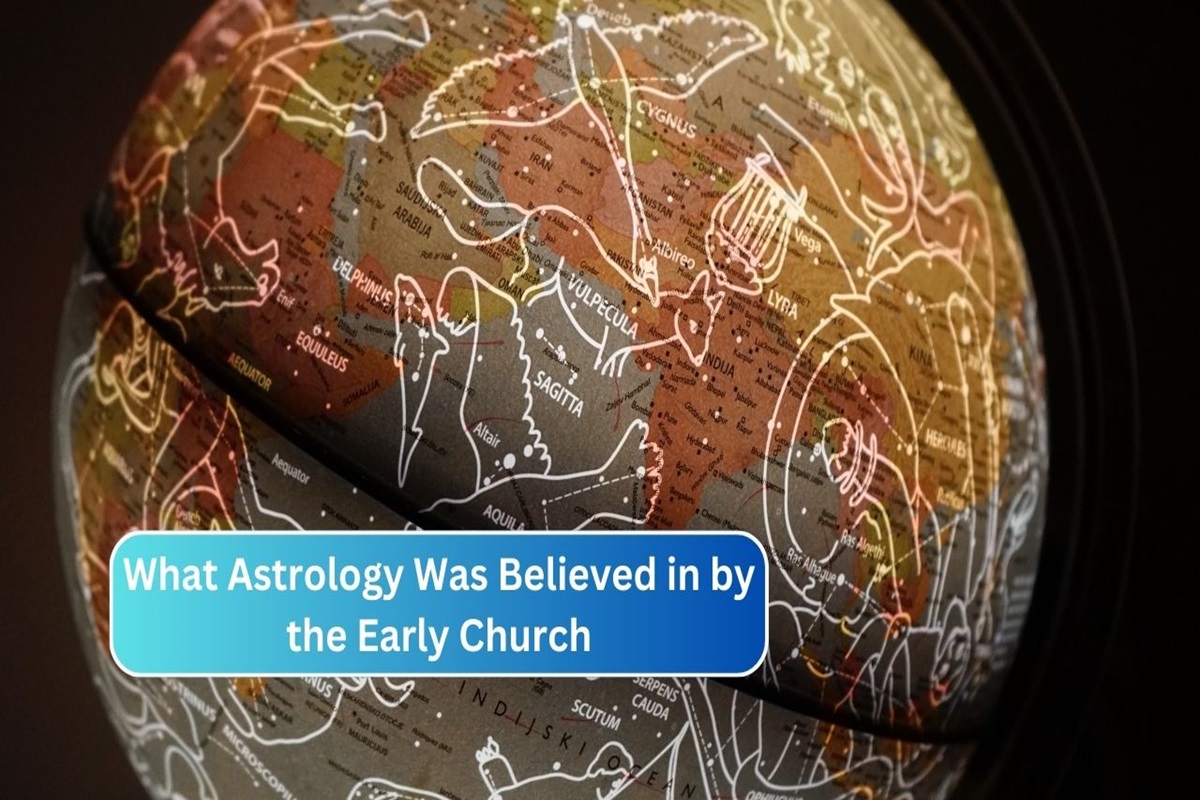Unveiling the Astrological Beliefs of the Early Church
In exploring the historical landscape of the early Christian era, it’s intriguing to delve into the astrological beliefs that influenced the early Church. Contrary to common perception, the early Church was not devoid of astrological considerations. This article aims to shed light on the celestial narratives that played a role in shaping the theological outlook of the early Christian community.
Celestial Influences on Early Christian Thought
Astral Symbolism in Scripture The early Church leaders often interpreted celestial events through a theological lens. Biblical narratives, such as the Star of Bethlehem guiding the Magi to the birth of Jesus, showcase the integration of celestial symbolism into Christian theology.
Astrological Elements in Christian Art Examining early Christian art reveals celestial motifs intertwined with religious depictions. Iconography frequently incorporated zodiacal symbols, emphasizing a synthesis of Christian faith and astrological concepts.
Theologians and Astrological Contemplation
Augustine’s Astrological Reflections Saint Augustine, a prominent figure in early Christian theology, engaged with astrology in his writings. While cautious about fatalistic interpretations, Augustine acknowledged the potential influence of celestial bodies on human affairs.
Ambrose’s Celestial Hymns Saint Ambrose, another influential theologian, composed hymns that reflected a deep appreciation for the cosmos. His hymns celebrated the divine order mirrored in the heavens, suggesting a nuanced acceptance of astrological concepts.
Astrology’s Evolution within Christian Doctrine
Astrology and Ecclesiastical Calendar The early Christian liturgical calendar reveals traces of astrological influence in the timing of religious festivals. The alignment of celebrations with celestial events underscores the intricate relationship between faith and the cosmos.
Syncretism in Early Christian Practices Syncretism, the blending of diverse beliefs, was prevalent in the early Church. Astrological remnants in Christian rituals and traditions highlight a pragmatic approach, acknowledging the cultural backdrop from which the faith emerged.
Conclusion
In understanding the astrological beliefs of the early Church, it becomes evident that celestial considerations were not antithetical to Christian thought. Instead, they formed a nuanced backdrop against which the faith evolved. Acknowledging these historical nuances enriches our comprehension of the intricate tapestry of early Christian theology.
FAQs
Did early Church leaders actively practice astrology?
While not a predominant practice, some early Church leaders, like Augustine, engaged in contemplative discussions on astrology.
Were zodiacal symbols used in early Christian art?
Yes, early Christian art frequently incorporated zodiacal symbols, showcasing a fusion of religious and astrological motifs.
Did the early Church have a specific stance on fate and celestial influence?
The early Church exhibited a varied stance; some, like Augustine, were cautious, while others, like Ambrose, appreciated celestial order.
How did astrology influence the ecclesiastical calendar?
Astrology played a role in timing religious festivals, aligning them with celestial events in the early Christian liturgical calendar.
Is syncretism evident in early Christian practices?
Yes, syncretism, the blending of beliefs, is observable in early Christian rituals, reflecting a pragmatic integration of cultural elements.
